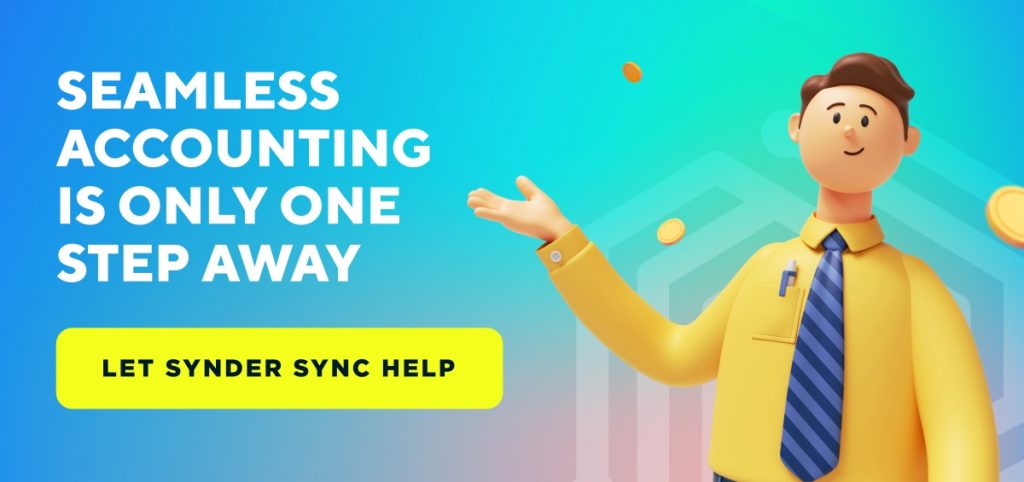Selling on Etsy can be a great way to make extra money and share your unique products with the world. But with so many fees and costs, it can be intimidating to get started. That’s why we created a guide to Etsy fees.
Here, you’ll learn all about the costs associated with selling on Etsy, from listing fees to payment processing fees and more. With this guide, you’ll be able to understand the costs of selling on Etsy and make an informed decision about whether or not it’s the right platform for you. So let’s dive in and get started.
Overview of Etsy Fees
Etsy is a marketplace that connects buyers and sellers from across the globe. Sellers on Etsy can list their products for sale in various ways: you can sell one-of-a-kind items, make products to order, or create a vintage shop based on vintage items in your possession.
No matter what kind of seller you are, you’ll need to understand the costs associated with selling on Etsy. The fees vary depending on the product you’re selling, and they’re charged at different points in your seller journey. Most Etsy sellers will incur the following fees: listing fees, transaction fees, payment processing fees, shipping fees, and advertising fees. Depending on your business model, you might incur taxes and other fees. Let’s talk about each of these fees in more detail.
Etsy Listing Fees
Etsy listing fees are charged when you make your first listing on Etsy. You pay an initial fee for listing your first few items and then a small fee for adding new items to your shop each month. The initial fee covers creating your listing and promoting it on the site. Usually, you pay it upfront, and the amount will depend on the price of your items.
You’ll also pay a monthly fee for adding new items to your shop. It is usually charged on a per-item basis. So, if you have ten items listed in your shop, you’ll pay a monthly fee for each.
Etsy Payment Processing Fees
Payment processing fees are charged for each sale you make on Etsy. The amount will vary depending on the item price and your payment processing method. Usually, Etsy sellers can select from the following payment methods: Etsy Payments, PayPal, and a third-party payment method.
Etsy Payments is the default payment method for all Etsy sellers. Sellers can also opt to use PayPal as their payment processing method. If you use PayPal, you’ll be charged a percentage based on the amount of the sale. Third-party payment methods are offered by other payment processing services, like Stripe and Shopify, so the fee amount will depend on the service you choose.
Etsy Shipping Fees
Etsy shipping fees are charged when you ship an item to a customer. The fee amount will vary depending on the distance the item needs to be shipped. Etsy shipping fees are charged based on the cost of shipping the item(s) to the customer. If the item you’re shipping has a high shipping cost, you might want to consider increasing your product price to help offset the shipping cost.
Read our article about “How long does Etsy take to ship?“
Etsy Advertising Fees
Advertising fees are charged when you promote your Etsy shop through various marketing channels. These channels include Etsy’s advertising platform, Promoted Listings, and paid social media campaigns. You can also purchase some Etsy promotional products (like gift cards and discounts) that will help grow your following and drive sales. There are different types of advertising fees on Etsy, including cost per click (CPC) and cost per impression (CPM). The specific fees associated with each type of advertising on Etsy will vary depending on the channel and campaign you select.
Other Fees to Consider
In addition to the fees listed above, Etsy sellers might also want to consider taxes and other fees. Etsy will deduct applicable taxes (like sales and income taxes) when you make a sale and remit them to the appropriate taxing authority. There can also be fees for packaging supplies, inventory storage fees, shipping label fees, and website hosting fees. Let’s discuss each of these in more detail.
Packaging supplies include boxes, tissue paper, and other materials you might use to prepare your products for shipping.
Inventory storage fees are charged when you store products in an external warehouse and ship them from there.
Shipping label fees are charged when you create shipping labels for your products.
Website hosting fees might apply for storing your website content and allowing Etsy to display it.
Tips for Reducing Etsy Fees
Let’s talk about some ways to reduce Etsy fees and cut costs. As a seller, you have a lot of control over the costs associated with your business. Here are a few ways you can reduce fees:
Get your hands on free software
There are a lot of great tools out there that can help you manage your business and reduce your costs. From CRMs to shipping tools and everything in between, there are plenty of free (and low-cost) options for small businesses.
Buy in bulk
Bulk orders can help you reduce costs in some areas (like packaging supplies, shipping materials, and inventory).
Shop around for better deals
Don’t assume that you have to use the same vendors and suppliers that you always use. You can shop around and find cheaper options if you’re willing to put a little time and effort into your search.
Be mindful of your costs
Keep an eye on your costs to avoid overspending. It can be challenging when you’re first starting and trying to control your costs.
Conclusion
When you’re selling on Etsy, you’ll want to know about all the fees associated with the platform. They vary depending on the type of product you’re selling, the payment processing method, and more. There are several ways to reduce Etsy fees, including getting your hands on free software and buying in bulk. Be mindful of your costs and avoid overspending in any area of your business.
Are you an e-commerce business selling on Etsy? Should you like to improve your e-commerce accounting, feel free to schedule a free demo to understand how Synder can help you stay on top of accurate reporting, flawless reconciliation, and a smooth tax season.

%20(1).png)






